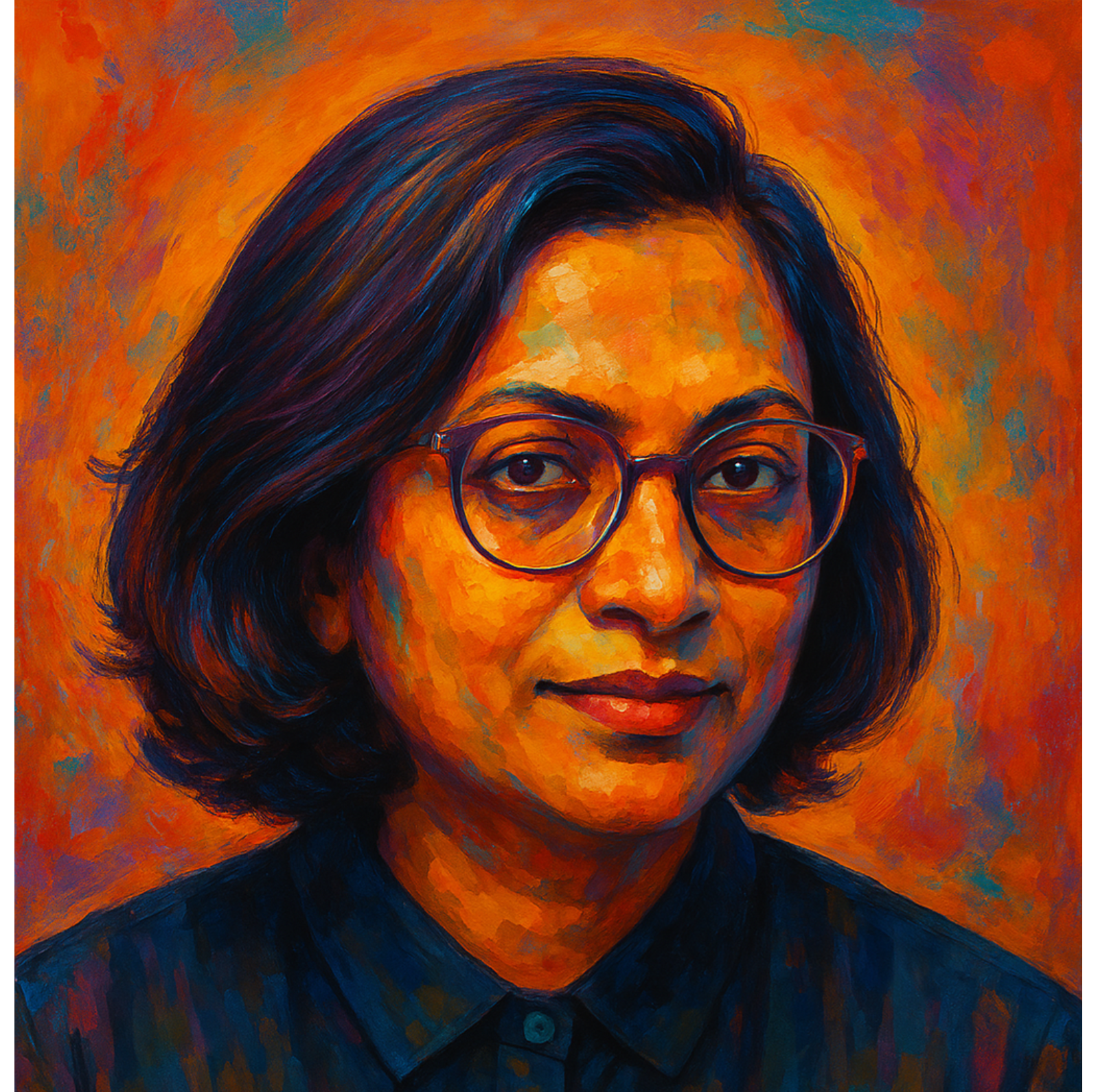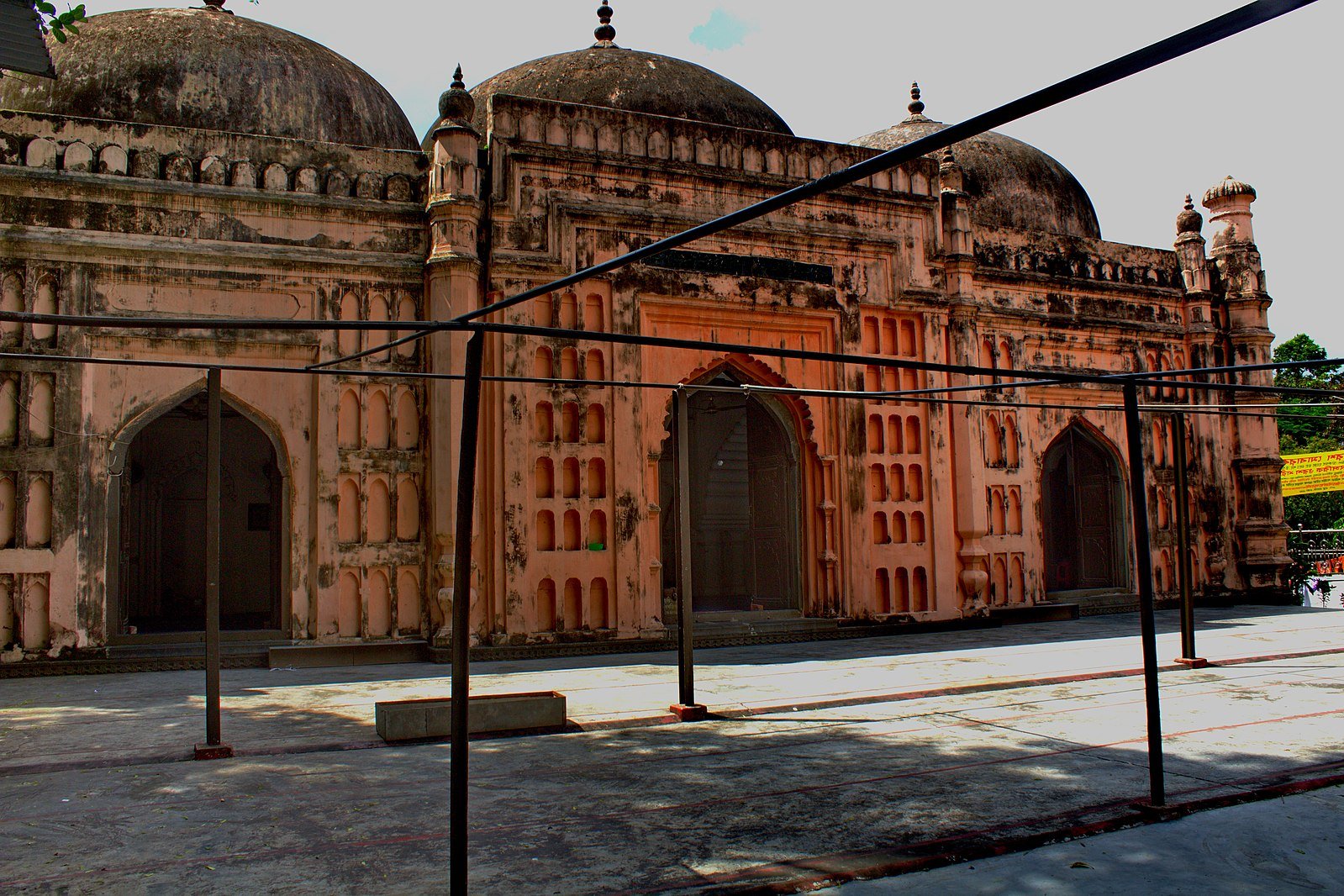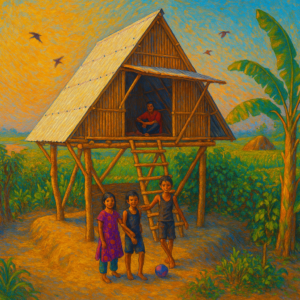Marina Tabassum: The Visionary Architect Redefining Sustainable Design in Bangladesh


For this groundbreaking design, Marina Tabassum was awarded the Aga Khan Award for Architecture in 2016. The project was praised for creating a spiritual and intimate space without the need for excessive embellishments.
The Independence Monument and Museum – A Tribute to Bangladesh’s Liberation War
Bangladesh’s struggle for independence is a deeply significant part of the country’s history. Marina Tabassum had the honor of designing the Independence Monument and Museum in Suhrawardy Udyan, Dhaka.
This project is more than just a monument—it is an architectural narrative that allows visitors to reflect on Bangladesh’s journey to sovereignty.
Key Features of the Independence Monument & Museum:
• Symbolism in Design
The towering glass structure represents resilience and the enduring spirit of the Bangladeshi people.
• Seamless Integration with Nature
The design respects the existing greenery of the park, creating an organic and harmonious space.
• A Living Archive
The museum exhibits historical artifacts, documents, and multimedia presentations that bring the liberation war to life.
This project further cemented Marina Tabassum’s reputation as an architect capable of merging history, emotion, and modern design into a single powerful entity.
Khudi Bari – A Solution for Climate Refugees
Bangladesh is one of the most climate-vulnerable countries in the world, with rising sea levels and floods displacing thousands of people annually. Marina Tabassum recognized this crisis and developed the Khudi Bari project—an affordable, portable housing solution for climate refugees. Khudi Bari, which translates to “Tiny House,” is a low-cost, modular home made primarily from bamboo.
Why Khudi Bari is a Game-Changer:
• Cost-Effective
Each unit costs approximately 500 euros, making it accessible to disaster-affected communities.
• Quick Assembly
Houses can be built in just a few days, providing immediate shelter.
• Sustainable Materials
The use of bamboo and other local materials makes it an environmentally friendly solution.
• Designed for Flood-Prone Areas
The houses are elevated on stilts, allowing them to withstand rising water levels.
This project showcases Marina Tabassum’s commitment to socially responsible architecture, addressing real-world issues with practical and effective solutions.
Global Recognition and Prestigious Awards
Marina Tabassum’s impact extends far beyond Bangladesh. Her work has been recognized by prestigious international institutions, earning her some of the highest honors in architecture.
• Aga Khan Award for Architecture (2016) – For Bait Ur Rouf Mosque.
• Soane Medal (2021) – Recognizing her contributions to sustainable and humanitarian architecture.
• TIME 100 Most Influential People (2023) – Honored for her role in climate-responsive design.
• UIA Gold Medal (2023) – One of the highest global honors for architects.
Her firm, Marina Tabassum Architects (MTA), continues to push the boundaries of contemporary architecture while remaining deeply rooted in cultural and environmental consciousness.
A Leader in Architectural Education
Apart from her groundbreaking architectural projects, Marina Tabassum is a dedicated educator and mentor. She has held teaching positions at some of the most prestigious institutions worldwide, including:
• Harvard University
• University of Texas
• BRAC University (Bangladesh)
• TU Delft (Netherlands)
Through her teaching, she inspires the next generation of architects to think critically about sustainability, climate change, and cultural relevance in their designs.
The Future of Marina Tabassum’s Architectural Legacy
Marina Tabassum’s work has already left an indelible mark on the global architectural landscape. As the world continues to grapple with urbanization, displacement, and climate change, her visionary designs offer a blueprint for sustainable and humane architecture.
Her commitment to creating spaces that serve both people, and the environment will likely shape architectural thought for years to come. Whether it’s through humanitarian housing solutions or monumental cultural projects, Marina Tabassum is redefining what it means to be an architect in the 21st century.
From designing iconic spiritual spaces to addressing the urgent needs of climate refugees, Marina Tabassum’s work is a testament to the power of architecture to transform lives. Her ability to merge innovation, tradition, and sustainability has not only earned her international acclaim but also cemented her legacy as one of the most influential architects of our time.
Related Read: Karupannya Rangpur: A Model of Sustainability & Empowerment – Discover another inspiring example of sustainable innovation in Bangladesh.








